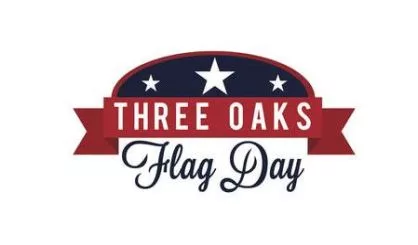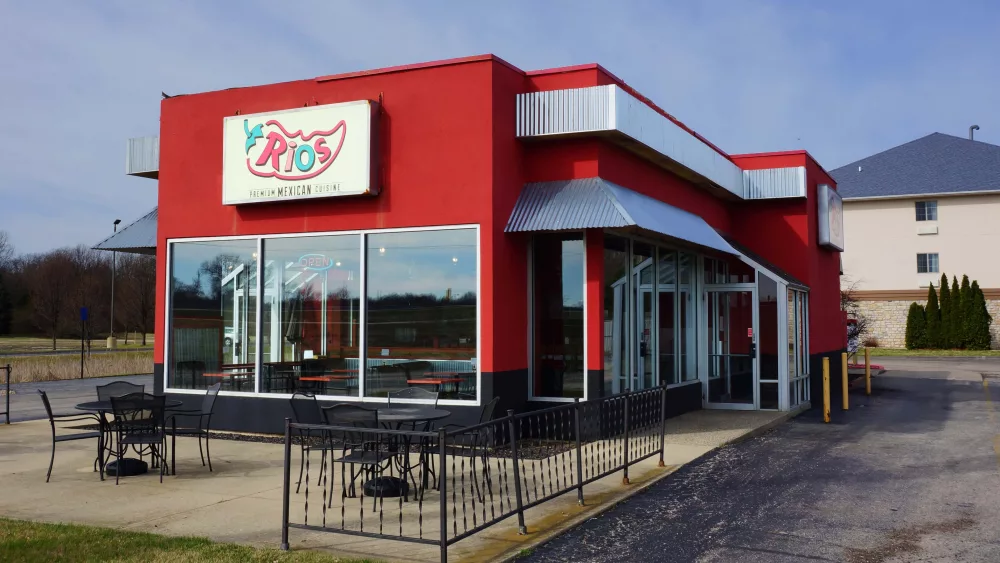The pent up demand generated by the pandemic is readily evident in holiday sales numbers released today.
The numbers have finally been assembled and word is out that the 2020 holiday sales period saw retail sales grow by an unexpectedly high 8.3-percent over the previous year’s performance even in the face of the pandemic.
The National Retail Federation released the numbers this morning for the all-important November-December holiday season achieved retail sales of nearly $790-billion, even exceeding their own forecast set before the season began.
Retail sales grew by 8.3-percent over the same sales period in 2019 to a total of $789.4-billion despite the economic challenges of the coronavirus pandemic. The numbers include online and other non-stores sales, which were up 23.9-percent at $209 billion.
National Retail Federation President and CEO Matthew Shay says, “Despite unprecedented challenges, consumers and retailers demonstrated incredible resilience this holiday season,” and adds, “Faced with rising transmission of the virus, state restrictions on retailers and heightened political and economic uncertainty, consumers chose to spend on gifts that lifted the spirits of their families and friends and provided a sense of normalcy given the challenging year.”
Going forward, Shay says, “We believe President-elect Biden’s stimulus proposal, with direct payments to families and individuals, further aid for small businesses and tools to keep businesses open, will keep the economy growing.”
NRF Chief Economist Jack Kleinhenz tells us consumers shifted into high gear in December, giving the holiday season a strong finish that could be a good sign for the continuing recovery of the economy this year. The 8.3-percent holiday season increase was more than double the 3.5-percent average holiday increase over the previous five years, including 2019’s 4-percent gain.
Kleinhenz reports, “There was a massive boost to most consumer wallets this season,” adding, “Consumers were able to splurge on holiday gifts because of increased money in their bank accounts from the stimulus payments they received earlier in the year and the money they saved by not traveling, dining out or attending entertainment events. Some families are still struggling, as are some retail sectors. But the promise of a new round of stimulus checks after a deal was struck before Christmas helped increase consumer confidence. Consumers were also encouraged by the news of COVID-19 vaccines becoming available, which helped offset concerns about increased infection rates and state restrictions on activity.”
Kleinhenz said holiday-related spending picked up in the third and fourth weeks of December, after it was too late to expect delivery of online purchases by Christmas. Consumers turned to quick in-and-out trips to stores and took advantage of buy online, pick up in-store/curbside services retailers have perfected over the past several months.
The National Retail Federation had forecast that sales during the 2020 holiday season – defined as November 1st through December 31st – would increase between 3.6-percent and 5.2-percent over 2019 to a total between $755.3 billion and $766.7 billion. The forecast called for online sales to increase between 20-percent and 30-percent to between $202.5 billion and $218.4 billion. The numbers exclude automobile dealers, gasoline stations and restaurants.
Retail sales during December were down 1.6-percent seasonally adjusted from November but were up 8.6-unadjusted year-over-year. That built on a year-over-year gain of 8-percent in November despite November’s month-over-month decline of 0.9-percent from October. As of December, the three-month moving average was up 8.9-percent over the same period in 2019.
The numbers are based on data from the U.S. Census Bureau, which said today that overall December sales – including auto dealers, gas stations and restaurants – were down 0.7-percent seasonally adjusted from November but up 2.9-percent unadjusted year-over-year.
The holiday season saw year-over-year gains in six out of nine retail categories, led by double-digit increases for online sales, building materials stores and sporting goods stores. Specifics from key retail sectors during the November-December holiday period, all unadjusted year-over-year, include:
- Online and other non-store sales, up 23.9-percent
- Building materials and garden supply stores, up 19-percent
- Sporting goods stores, up 15.2-percent
- Grocery and beverage stores, up 9.6-percent
- Health and personal care stores, up 5.4-percent
- Furniture and home furnishings stores, up 2.2-percent
- General merchandise stores, down 0.1-percent
- Electronics and appliance stores, down 14.4-percent
- Clothing and clothing accessory stores, down 14.9-percent
The National Retail Federation, the world’s largest retail trade association, advocates for the people, brands, policies and ideas that help retail thrive. From its headquarters in Washington, D.C., NRF empowers the industry that powers the economy. Retail is the nation’s largest private-sector employer, contributing $3.9 trillion to annual GDP and supporting one in four U.S. jobs – 52 million working Americans. For over a century, NRF has been a voice for every retailer and every retail job, educating, inspiring and communicating the powerful impact retail has on local communities and global economies.






